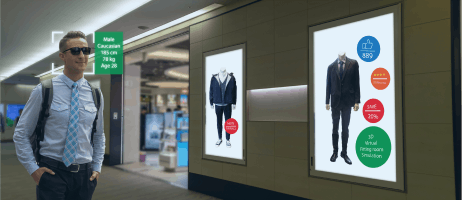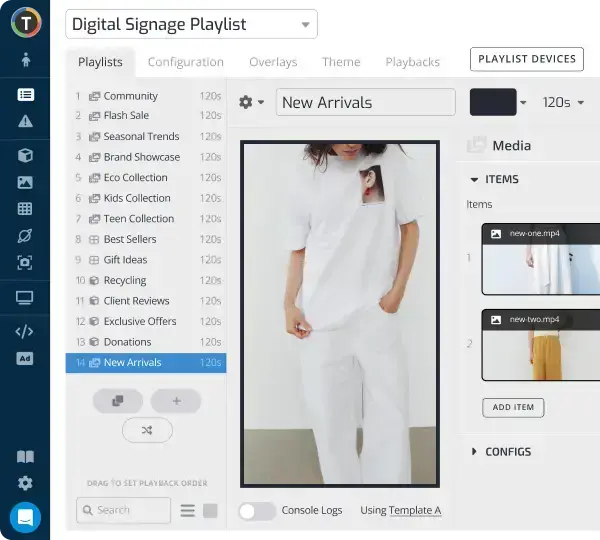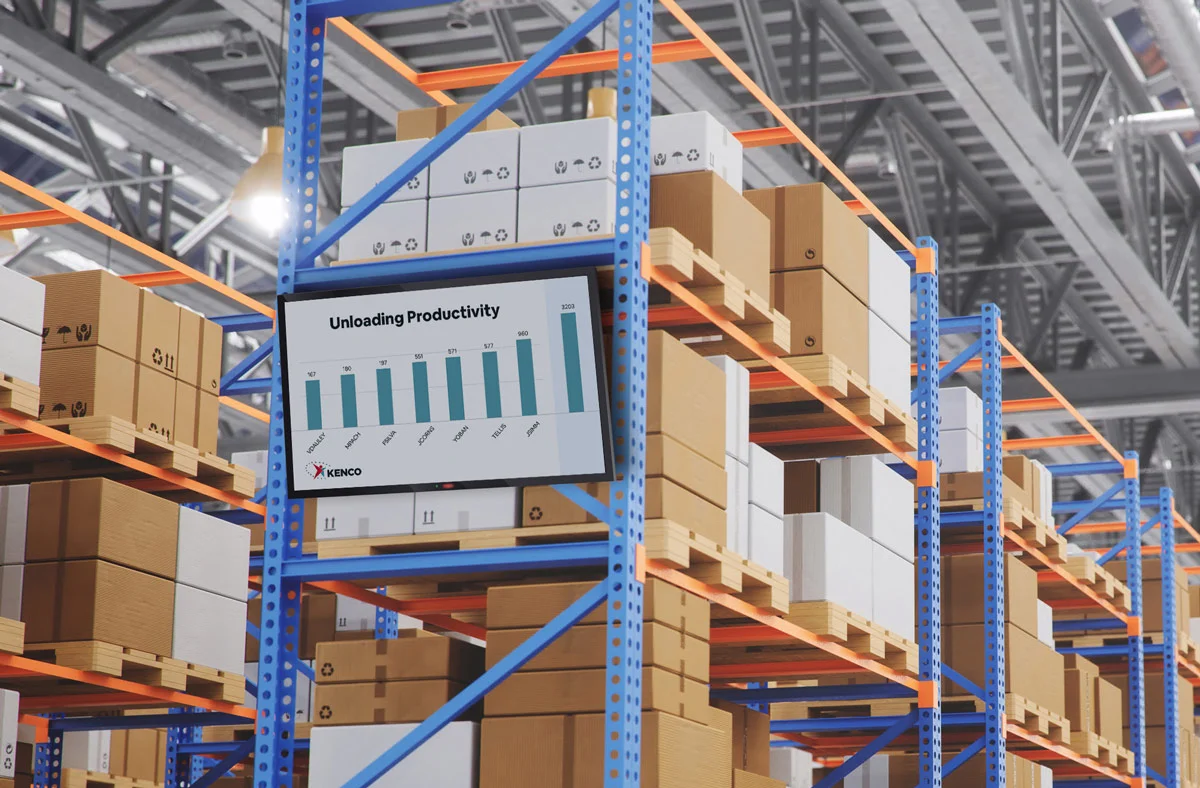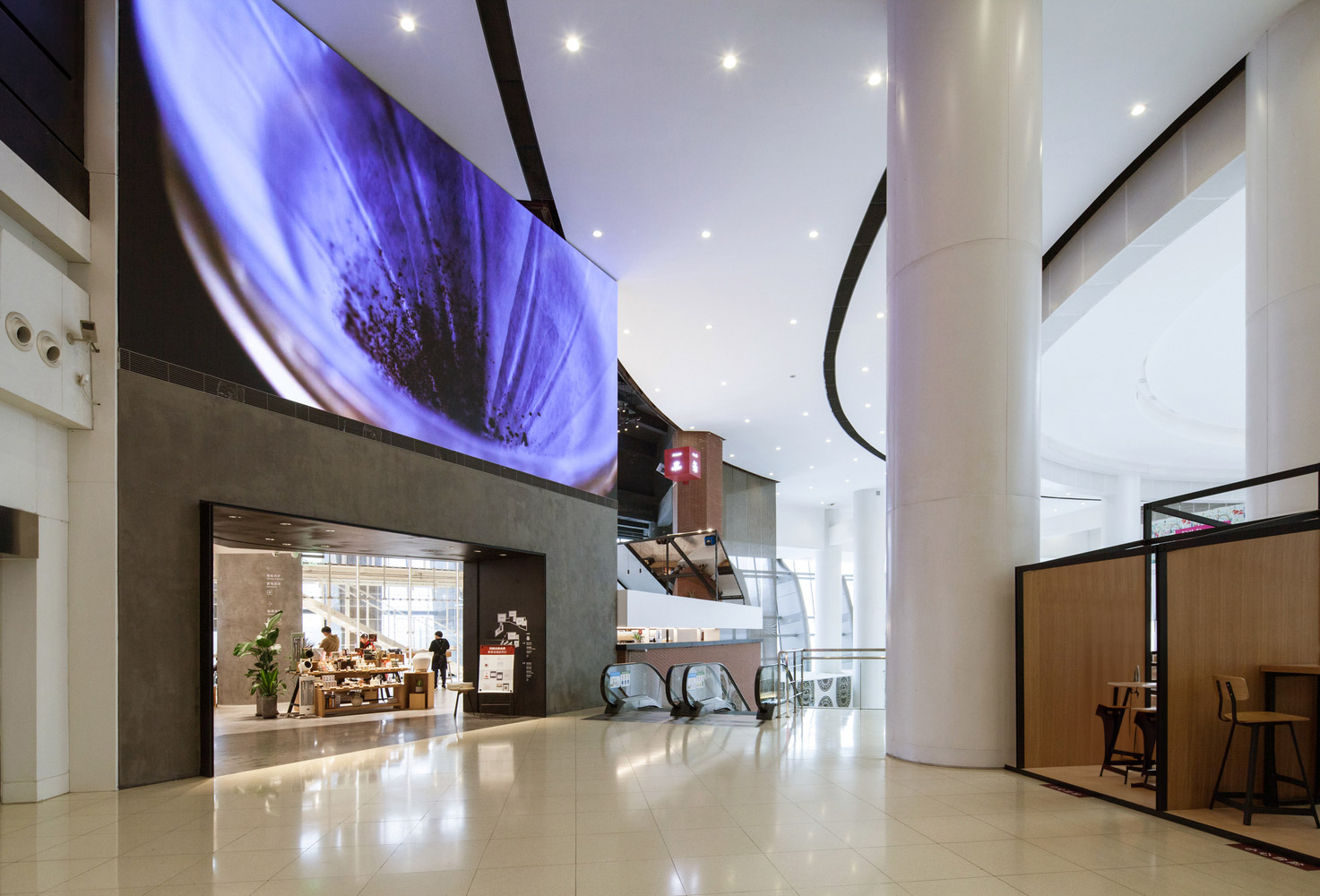Face Recognition Technology in Digital Signage: What is it and how does it work?
WRITTEN BY: TelemetryTV, 11-25-2021

Let’s be honest, facial recognition software sounds like it’s straight out of a science fiction film. But in reality, face recognition digital signage is already here as we speak and many forward-thinking businesses are racing to get their hands on it.
The reason so many organizations are so eager to adopt facial recognition digital signage is due largely to how effective it is in regards to identifying and analyzing audiences. As a result it is a way how to improve sales in retail and it enables companies to provide much more personalized, informative, and meaningful experiences to consumers.
Face recognition — what is this?

In simple terms, facial recognition is the use of cameras to analyze people as a means of understanding them better.
Unlike what you’d see in a dystopian movie, however, facial recognition systems don’t specifically identify individuals. Instead, face scans only gather basic features such as gender, age range, interest level, and other helpful demographic data.
In short, it gathers information that businesses need in order to better curate content to audiences.
Face recognition system — how it works
Facial recognition works by using cameras to scan physical features of individuals in order to gather helpful biometric data. Facial recognition software can pull in data based on facial features, expressions, voice, and much more.
How face recognition helps optimize digital signage

Imagine walking into a clothing store and stepping in front of a digital signage display equipped with facial recognition technology. The screen could analyze your age range, gender, body size, current clothing style, and numerous other factors and—potentially—recommend a product that you love.
At the same time, the same screen could store all the data it pulled in from your face scan and every other face scan it has performed. When this process is repeated thousands of times, that clothing store would have a very informed understanding of exactly who their audience is—i.e. their needs and desires.
And with this data, the brand could deliver highly relevant and helpful content to their customers, which in turn, would most likely improve their retail sales.
That one example can apply equally to nearly every industry. In short, digital signage and face recognition allows organizations to deploy personalized content rather than its stale and generic counterpart.
And that’s before you throw AI and machine learning into the equation.
Demographic statistics
Audience analytics is the data produced by your facial recognition system that pertains to how many people are interacting with your digital signage content and for how long. This could mean counting foot traffic in and out of your retail store or could count the people who interacted more meaningfully with your screens. Or both.
Gender Analyze
Instead of just calculating your audience’s size and duration of the interactions, viewer demographics delves a bit deeper by ascertaining more specific features of your audience, including things like their age range, gender, emotions, behaviors, and more.
Advertising campaigns
Most of the time, advertisers don’t really know what to expect from an ad campaign until it is launched.
Sometimes the campaign goes swimmingly, other times not so much. Since face recognition advertising gathers data on how audiences interact with your campaign, then you can get a much better understanding of whether it’s working or not and how and where it can be improved upon.
When changes do need to be made to a marketing campaign, digital signage software makes it super easy to update content on the fly. Your remote CMS (content management system) can be accessed from any device with a browser.
Targeted content
In large organizations that use digital signage—think hospitals, universities, airports, stadiums, and the like—the ability to localize content to specific areas or screens on a larger network is a must. That’s because not every area has the same audience. And different areas and audiences oftentimes need different content.
The data collected by face recognition makes understanding how to increase conversion rate in sales and best localize and target your content across your digital network much, much easier.
Content triggers
Content triggers can also be set up within your digital signage software based on the audience data pulled in from your facial recognition system.
So let’s say you own a retail store and are having a huge Black Friday sale and are expecting a massive crowd of shoppers. You could program your screens to deploy helpful information to shoppers like live wait times for each check-out lane based on the number of people your face recognition cameras are counting.
Or certain content could be triggered by the age or gender of a person interacting with one of your screens.
Getting started with digital signage
Installing digital signage is easier and more affordable than ever before. To learn more about how digital signage can help your business, contact the experts at TelemetryTV today.











